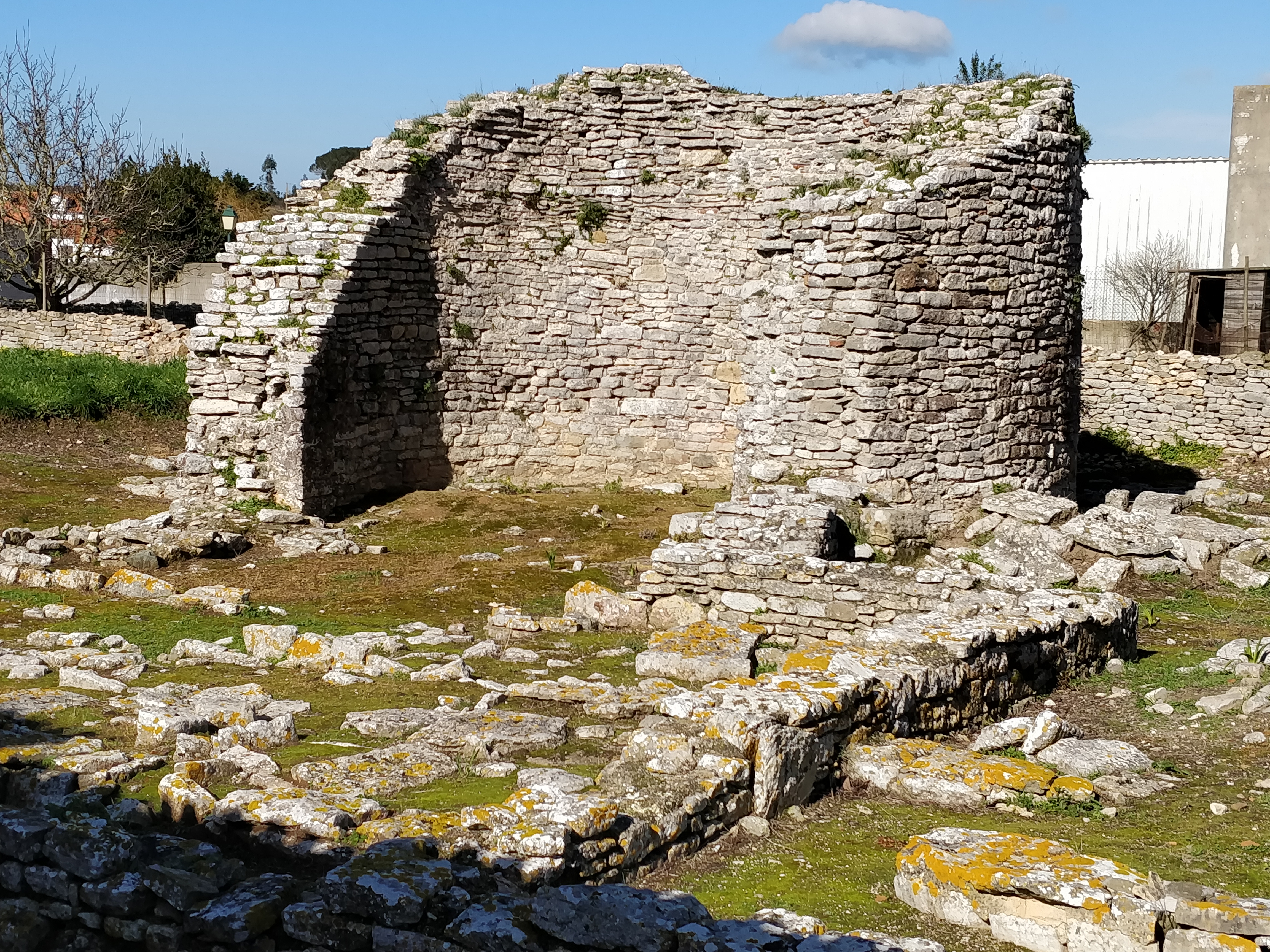|
Archaeological Museum Of São Miguel De Odrinhas
The Archaeological Museum of São Miguel de Odrinhas in Sintra municipality, Lisbon District, Portugal owes its existence to the collection by the Hermitage of São Miguel of Epigraphy, epigraphic stones found amongst the Roman ruins in the neighbourhood. Around the year 30 B.C. Olisipo (Roman Lisbon) received from Augustus the status that allowed it to combine Roman law with its own ancient laws, thus permitting full integration into the Roman Empire. Most of its important families lived outside Lisbon in villas and many of the estates were located in the Sintra area. In 1955, Sintra Town Council first proposed the construction of a small museum to bring together in Odrinhas the collection of the Hermitage, which had by then been dispersed, as well as items discovered more recently. The museum, designed by Alberto Castro Nunes and António Maria Braga, winners of the Rafael Manzano Prize, Rafael Manzano Prize for New Traditional Architecture, in collaboration with Léon Krier, wa ... [...More Info...] [...Related Items...] OR: [Wikipedia] [Google] [Baidu] |
Sintra
Sintra (, ) is a town and municipality in the Greater Lisbon region of Portugal, located on the Portuguese Riviera. The population of the municipality in 2011 was 377,835, in an area of . Sintra is one of the most urbanized and densely populated municipalities of Portugal. A major tourist destination famed for its picturesqueness, the municipality has several historic palaces, castles, scenic beaches, parks and gardens. The area includes the Sintra-Cascais Nature Park through which the Sintra Mountains run. The historic center of the ''Vila de Sintra'' is famous for its 19th-century Romanticist architecture, historic estates and villas, gardens, and royal palaces and castles, which resulted in the classification of the town as a UNESCO World Heritage Site. Sintra's landmarks include the medieval Castle of the Moors, the romanticist Pena National Palace and the Portuguese Renaissance Sintra National Palace. Sintra is one of the wealthiest municipalities in both Portugal and the ... [...More Info...] [...Related Items...] OR: [Wikipedia] [Google] [Baidu] |
Paleohispanic Scripts
The Paleohispanic scripts are the writing systems created in the Iberian peninsula before the Latin alphabet became the main script. Most of them are unusual in that they are semi-syllabic rather than purely alphabetic, despite having supposedly developed, in part, from the Phoenician alphabet. Paleohispanic scripts are known to have been used from the 5th century BC — possibly from the 7th century, in the opinion of some researchers — until the end of the 1st century BC or the beginning of the 1st century CE, and were the main scripts used to write the Paleohispanic languages. Some researchers conclude that their origin may lie solely with the Phoenician alphabet, while others believe the Greek alphabet may also have had a role. Scripts The Paleohispanic scripts are classified into three major groups: southern, northern, and Greco-Iberian, with differences both in the shapes of the glyphs and in their values. Inscriptions in the southern scripts have been found m ... [...More Info...] [...Related Items...] OR: [Wikipedia] [Google] [Baidu] |
Culture In Sintra
Culture () is an umbrella term which encompasses the social behavior, institutions, and norms found in human societies, as well as the knowledge, beliefs, arts, laws, customs, capabilities, and habits of the individuals in these groups.Tylor, Edward. (1871). Primitive Culture. Vol 1. New York: J.P. Putnam's Son Culture is often originated from or attributed to a specific region or location. Humans acquire culture through the learning processes of enculturation and socialization, which is shown by the diversity of cultures across societies. A cultural norm codifies acceptable conduct in society; it serves as a guideline for behavior, dress, language, and demeanor in a situation, which serves as a template for expectations in a social group. Accepting only a monoculture in a social group can bear risks, just as a single species can wither in the face of environmental change, for lack of functional responses to the change. Thus in military culture, valor is counted a typical be ... [...More Info...] [...Related Items...] OR: [Wikipedia] [Google] [Baidu] |
Archaeological Museums In Portugal
Archaeology or archeology is the scientific study of human activity through the recovery and analysis of material culture. The archaeological record consists of Artifact (archaeology), artifacts, architecture, biofact (archaeology), biofacts or ecofacts, archaeological site, sites, and cultural landscapes. Archaeology can be considered both a social science and a branch of the humanities. It is usually considered an independent academic discipline, but may also be classified as part of anthropology (in North America – the four-field approach), history or geography. Archaeologists study human prehistory and history, from the development of the first stone tools at Lomekwi in East Africa 3.3 million years ago up until recent decades. Archaeology is distinct from palaeontology, which is the study of fossil remains. Archaeology is particularly important for learning about prehistoric societies, for which, by definition, there are no written records. Prehistory includes ove ... [...More Info...] [...Related Items...] OR: [Wikipedia] [Google] [Baidu] |



.jpg)